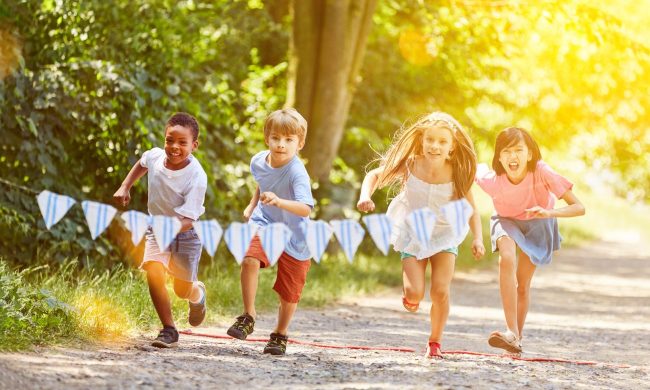
When winter comes knocking, it means more indoor time, especially when those temperatures dip below freezing. It typically doesn’t take long for the kids to get bored. If you’re looking for some cool activities to keep your toddler busy on those too cold and inclement weather days, think science.
Kids of all ages love science because of the hands-on activities they can try. Toddlers are the perfect age for introducing simple science activities that touch on basic concepts because they are super curious about everything, and that’s why winter science activities for toddlers are always a hit. Sure, those baking soda volcanoes are exciting, especially when the vinegar gets things bubbling, but winter is the ideal time to get frozen and we don’t mean with Elsa and Olaf.
Don't dread winter. Embrace it and your inner scientist. You don't have to be Bill Nye the Science Guy to do winter science activities for toddlers. Find hands-on science activities for your little ones. Kids in general love to get their hands involved. Toddlers have a short attention span, so the science activities should be quick and simple.
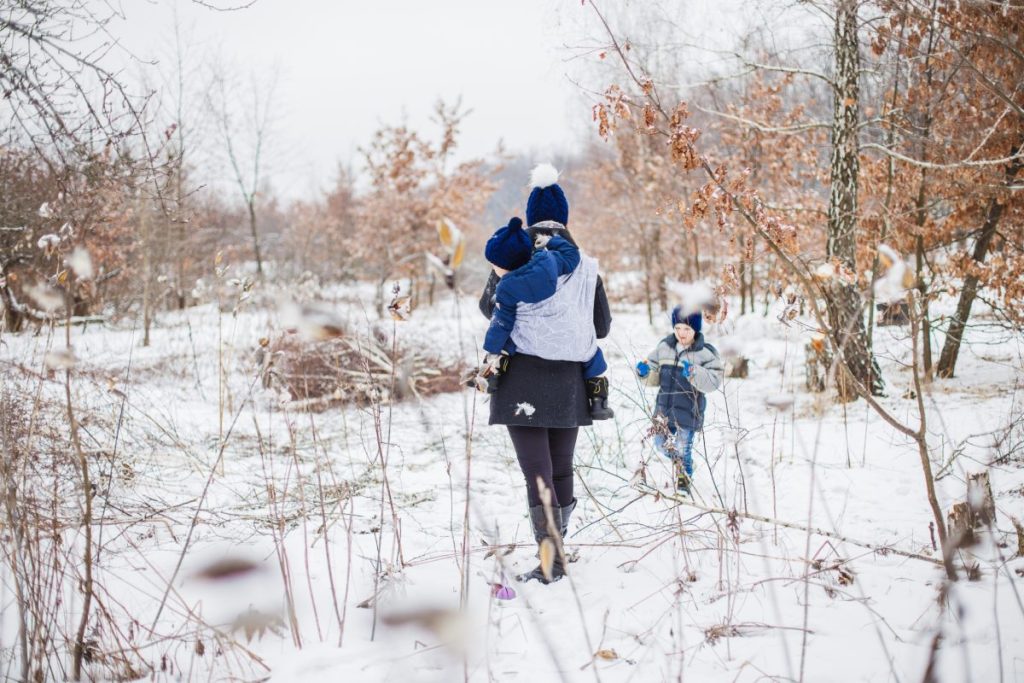
Winter science activities for toddlers
Winter itself and the icy world outside of the window is a science experiment in the making. You don't need to have test tubes or a microscope either. Here are five super cool science activities toddlers will enjoy. If you’ve got older children, don’t worry. These winter science activities can be adjusted to make them interesting for older kids, too.
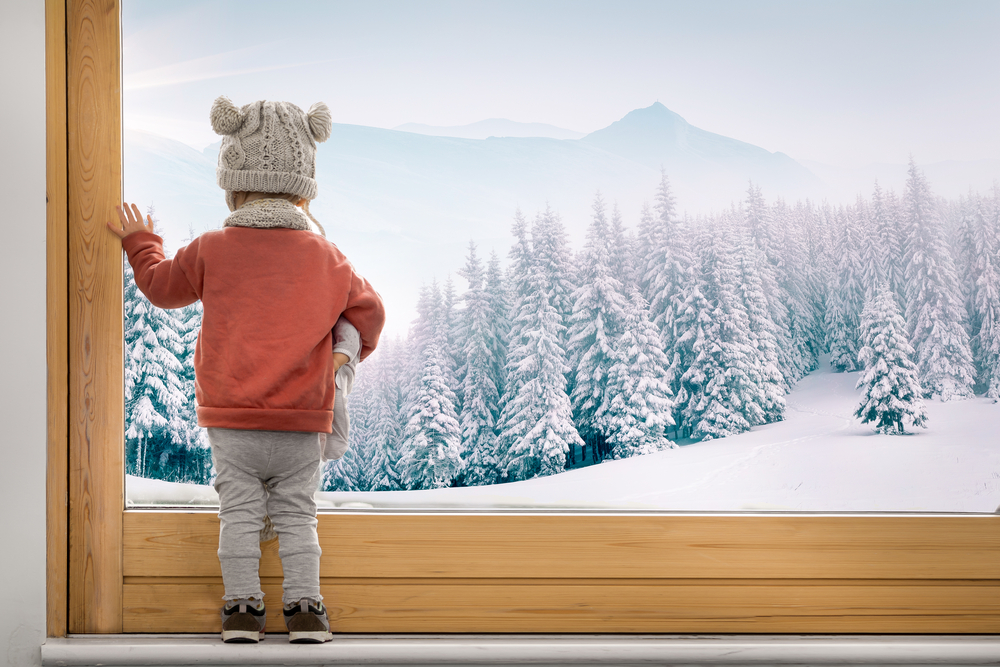
Melting snow
An extremely simple and basic winter science activity for toddlers is to bring the snow indoors and experiment with melting. The materials for this experiment are probably already in the kitchen.
Step 1: Gather the following materials to use for this simple melting snow science activity.
- Snow (if there isn’t any snow available, freeze some water in three Tupperware containers the night before)
- Water
- Salt
- Food coloring
- Dropper
Step 2: Go outside and collect some snow. If snow is unavailable use the frozen ice in the containers instead. Set the containers in warm water to help the ice come out more easily.
Step 3: Divide the snow onto three cookie sheets or dollar store aluminum pans.
Step 4: Allow one pan to melt on its own.
Step 5: Using the eyedropper, have your toddler put drops of water onto one pan of snow and watch how the water melts the snow.
Step 6: Sprinkle salt on the third pile of snow.
Step 7: Now it's time to make some observations about the how the snow is reacting in the three different pans.
For toddlers, keep it basic. They will notice the water and salt melt the ice and snow faster than the air. For older children, you can discuss the science behind their observations. Water has a higher temperature than snow or ice, which is why it works to melt it faster than air. Salt melts snow and ice quickly because it lowers the water’s freezing point. The scientific term is freezing point depression.
Step 8: Once the experiment is finished, let the kids have some fun dripping different colors into the craters created by the salt and water using the eye droppers and food coloring.
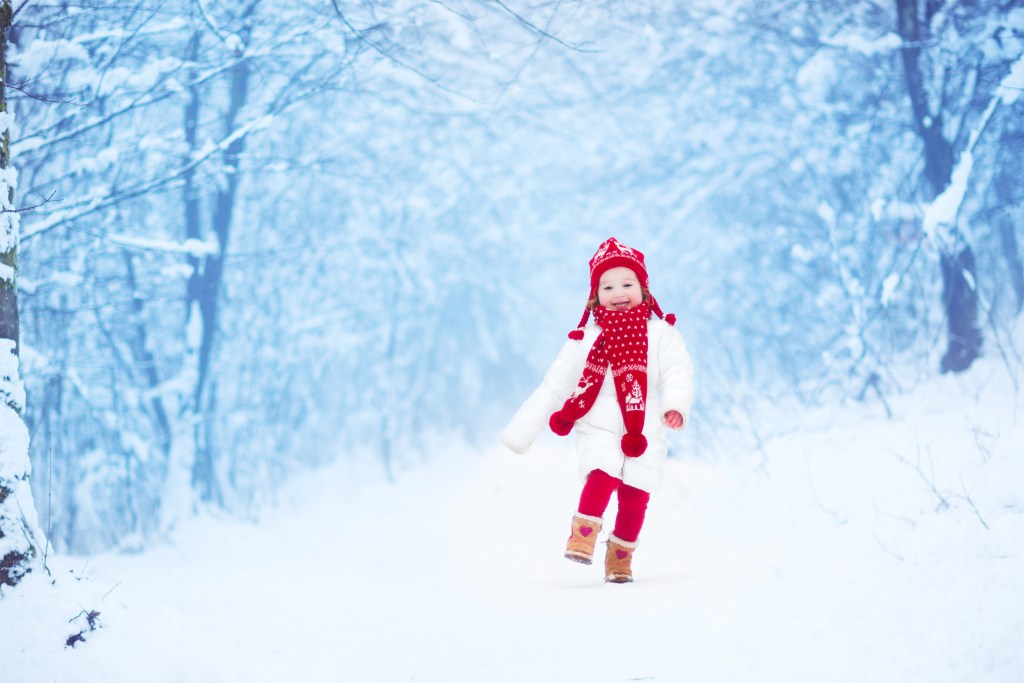
Color mixing in snow
A snowy backyard is a perfect canvas. It's all white. For a fun outdoor science activity with your toddler, experiment with colors and see how different colors move through the snow on the ground.
Step 1: All you need to go color mixing in the snow is a package of food coloring.
Step 2: Find a spot in the backyard or front that is snow covered.
Step 3: Take the caps off the food coloring and drizzle different colors into the snow. Older kids can do this step on their own, but toddlers will need a helping hand.
Step 4: Kids can watch how the food coloring seeps through the snow, changing its color.
Step 5: Experiment with colors by adding different food coloring together. Mix blue and red together to make purple and yellow and blue to make green.
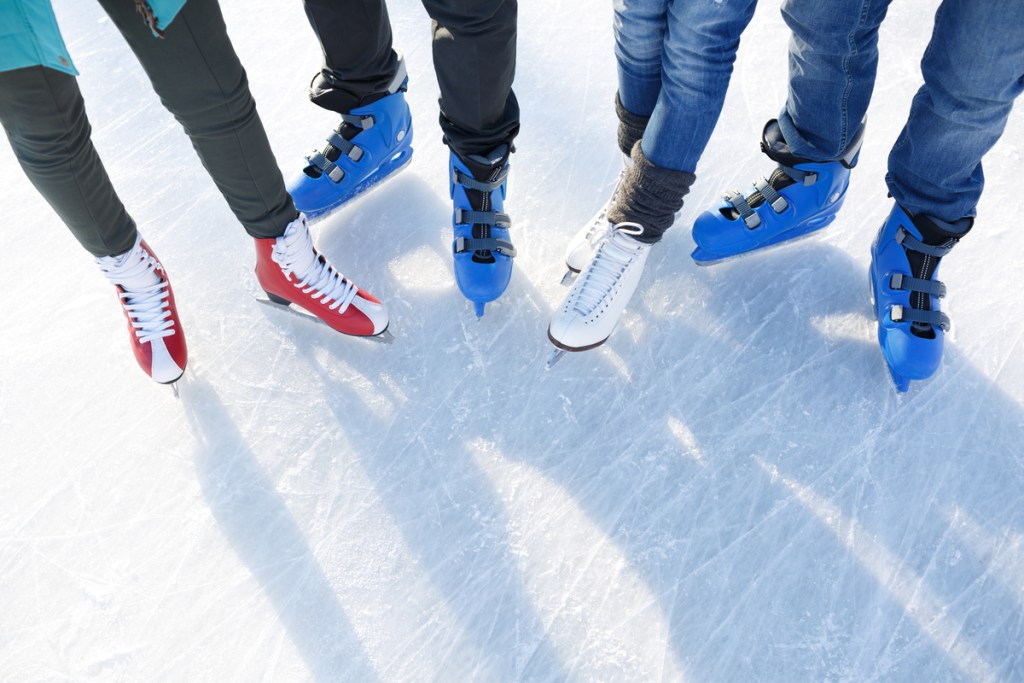
How cold does it have to be to freeze water?
Another super simple science experiment to get toddlers interested in the changes winter brings to the outside world is to observe how cold the temperatures need to be for water to freeze outside.
Step 1: You'll need to gather the following materials before you begin this winter science activity with your toddler.
- Ziploc bag
- Water
- Small toy
- Tape
- Outdoor thermometer (if you don’t have one, the temps on your smartphone work just fine)
- Calendar
Step 2: Take a small toy and place it inside a Ziploc bag.
Step 3: Fill the bag halfway with water.
Step 4: Seal and hang it on the outside of the patio door where your child can find it each morning.
Step 5: Each morning have your toddler check to see if the water in the bag is frozen or melted.
Step 6: On the calendar, record the results. Write an "F" for frozen or an "M" for melted along with the temperature.
Step 7: Record observations for a week.
Step 8: The science behind this straightforward experiment is basic. On days when the morning temperatures dip below 32 degrees, the water will be frozen. The experiment shows kids how cold it needs to be for water to turn to ice.
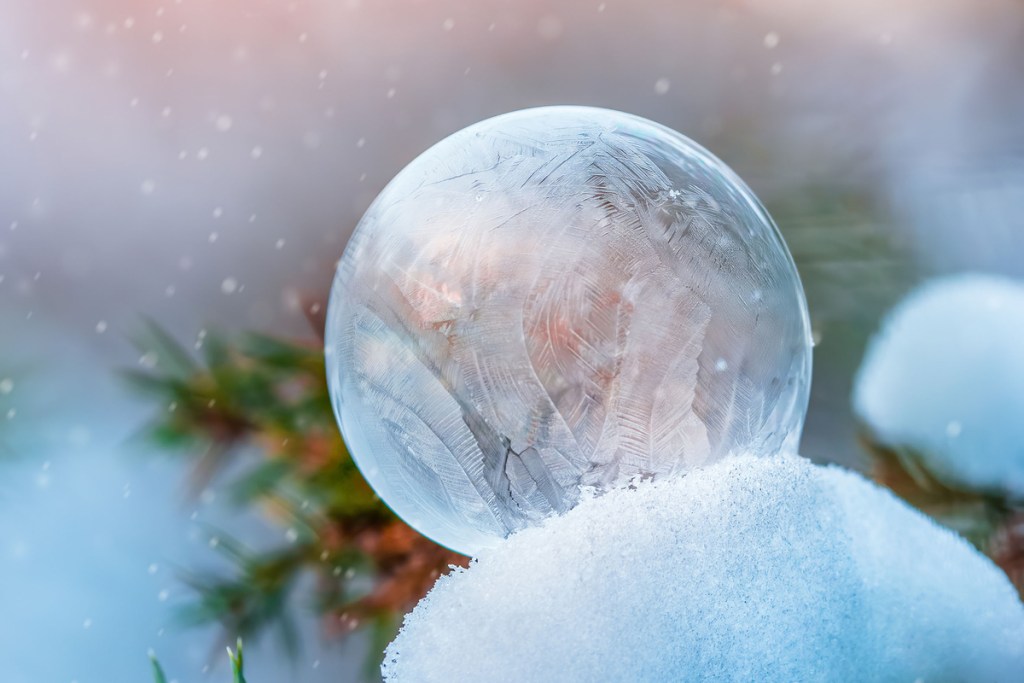
Freeze bubbles
Can bubbles freeze outside? You bet! On a chilly day, bundle your toddler up in his or her snowsuit, grab the bubbles and wand, and head outside. Blow those bubbles and watch them freeze. No Elsa needed. For older kids, you can discuss how the outside temperatures of 32 degrees and below freeze the liquid bubbles.
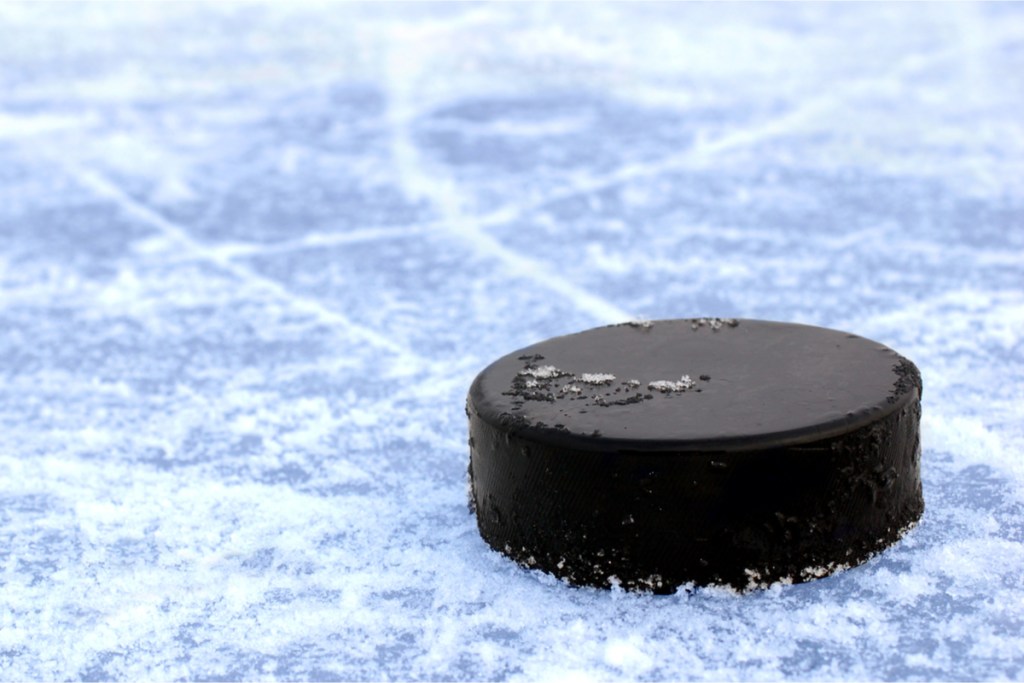
What can slide on ice?
Future hockey players in the house? Hockey pucks are made of vulcanized rubber which is why they slide so effortlessly across the ice. What else glides on the ice? Grab a few household items and head out to an icy puddle to find out what slides on the ice and what doesn’t. You can do this indoors too but would need to freeze water on a cookie tray the night before.
Banish those cold-weather doldrums and keep the kiddos busy with these winter science activities for toddlers. Science is super fun for kids because it’s a hands-on activity. Toddlers will enjoy getting their hands in the snow with gloves or mittens on of course for these basic experiments. With toddlers, it's best to keep the science activities simple. For older kids, you can take more time and let them do more. Winter is the ideal time to ignite a passion for science indoors or out with these five cool experiments.



